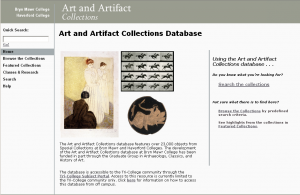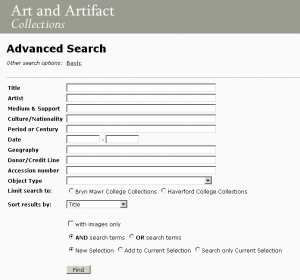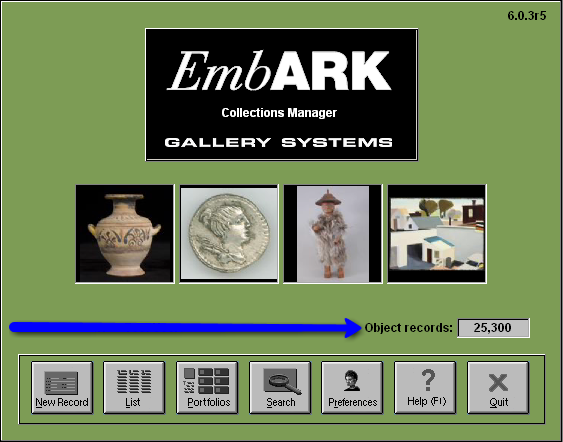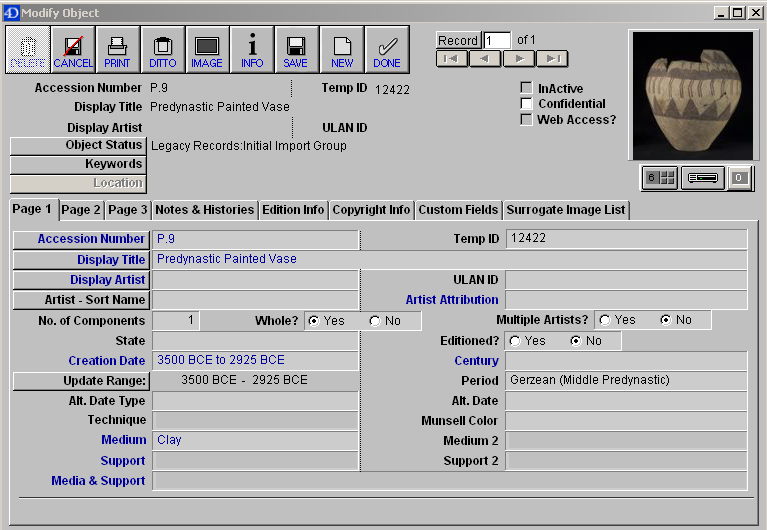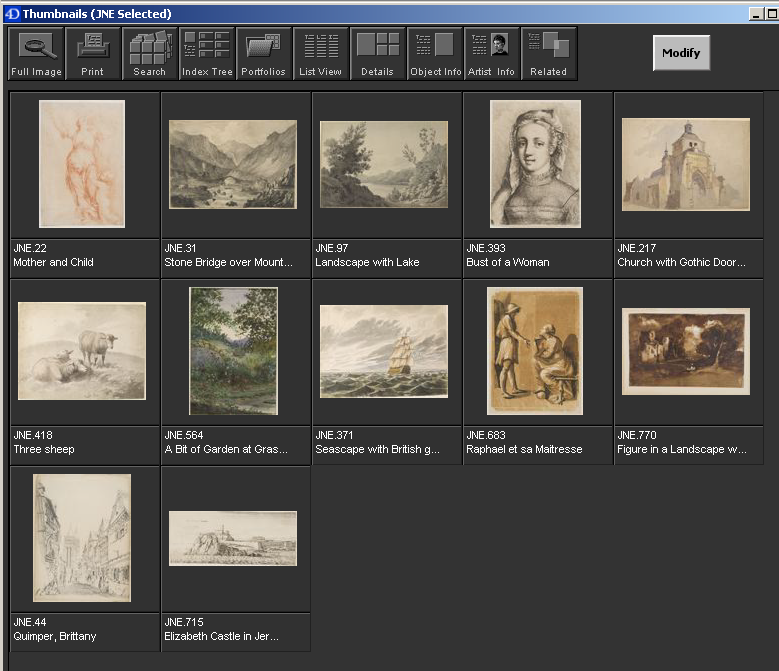The Special Collections departments at Bryn Mawr and Haverford Colleges are excited to announce the launch of the new Art and Artifact Collections Database, now available to the Tri-College community at http://triarte.brynmawr.edu.
Please note that this resource is currently only available to the Tri-College community either on-campus or via off-campus access through your library’s website.
The database includes over 20,000 archaeology, anthropology, and fine art objects from Bryn Mawr’s collections and several hundred from Haverford’s collections. This multifaceted web site makes possible for the first time access to the colleges’ rich teaching collections for use in classes, for individual research, or for simple enjoyment. Students, faculty, and staff at the Tri-Colleges can now search the collections by artist, subject, culture, geographic region, time period, object type, and many other entry points. Or, users can browse highlighted parts of the collection to learn about the diverse holdings of art and artifacts from around the world.
Special Collections staff and students at both institutions have been working for the past eighteen months on data migration and cleanup, object cataloging, and imaging. To date, over half of the objects in the database have images and the majority have at minimum a basic level of cataloging. The original impetus to harmonize and expand the old, piecemeal databases came from the Graduate Group in Archaeology, Classics, and History of Art, which provided the funding for the initial stages. “Since training in material culture and curatorial practice is a key part of the Graduate Group’s work, it made sense to direct funds towards making the Art and Artifacts Collections more generally known and available,” says Catherine Conybeare, the Director of the Graduate Group. “This project has been managed with extraordinary speed and efficiency, and the whole Special Collections team deserves our hearty thanks.”
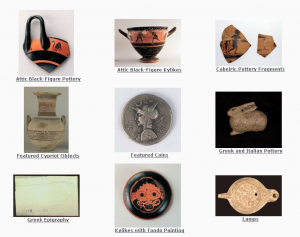
Screenshot of a selection of Classical and Near Eastern Archaeology Featured Collections from Bryn Mawr College
Cheryl Klimaszewski came on board as Collections Information Manager at Bryn Mawr in February of 2009 to oversee the transition of the old database records to a new collections management system and to develop the web interface. “It is so rewarding to see the results of everyone’s hard work come to fruition,” she says of the online version of the database. “So many students have been working on this—from cataloging to imaging—they should all be very proud. Plus, it’s a really terrific learning experience, since the skills students learn by cataloging and imaging our collections are transferrable to any museum, library, or archive anywhere.”
The biggest benefit of the database will be the increased awareness of these resources on all the Tri-College campuses. “The Art and Artifacts Database is a huge step forward for Bryn Mawr and Haverford. A great deal of work has gone on behind the scenes to make this possible. Now students and faculty can know more fully the tremendous resources that are available for them to study. We hope this will lead to greater use of our material objects on both campuses,” says John Anderies, Head of Special Collections at Haverford College. Eric Pumroy, Director of Library Collections and Seymour Adelman Head of Special Collections at Bryn Mawr, agrees: “Our extraordinary collections of art and artifacts have been hidden for far too long. This database finally makes it possible for students and faculty to explore the collections in a systematic way, and should lead to exciting new opportunities for teaching and research.”
For more information about the
Art and Artifact Collections database contact:
Cheryl Klimaszewski, Digital Collections Specialist
cklimaszew@brynmawr.edu
610-526-5093
To see the collections in person, contact:
Brian Wallace, Curator/Academic Liaison for Art and Artifacts
bwallace@brynmawr.edu
610-526-5335
or
Marianne Weldon, Collections Manager
mweldon@brynmawr.edu
610-526-5022
